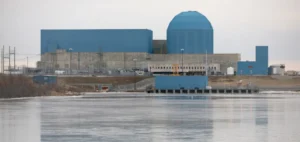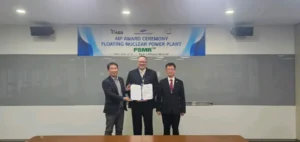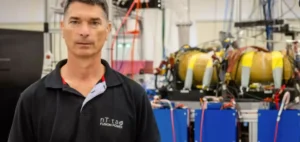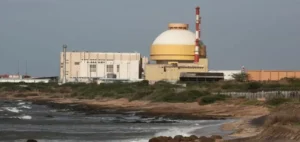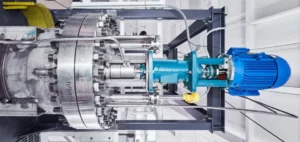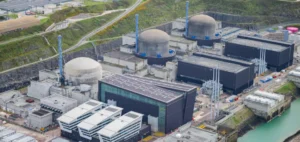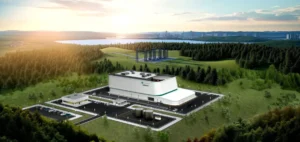“We have to be motivated”: for young Japanese, studying atomic energy and becoming an engineer or researcher in this sector is akin to a contrarian life choice, since the national trauma caused by the Fukushima accident in 2011.
The Japanese government now wants to relaunch nuclear power for good, considering in particular the construction of new generation reactors to reduce the archipelago’s extreme dependence on imported fossil fuels and its high CO2 emissions.
This politically sensitive project is also a challenge in terms of human resources, while the number of students in nuclear science in Japan has declined by more than 25% between 2011 and 2021, according to figures from the Ministry of Education.
These figures vary greatly from one year to the next and concern only a few hundred students, but they should be put into perspective, says Kota Kawai, president of a Japanese network of young nuclear professionals.
“Even after the Fukushima accident, students were interested in how to overcome these great challenges. Many were interested in the field of (reactor) dismantling,” according to this nuclear safety researcher.
“The problem is that there are few people in Japan who know how to build new nuclear power plants” now, warns Mr. Kawai, interviewed in late November by AFP on the sidelines of the International Youth Nuclear Congress (IYNC). This forum of exchange between students and young nuclear professionals from all over the world was organized for the first time in Japan and, as a symbol, in the Fukushima prefecture, in Koriyama (north-east).
In Japanese culture, it’s not a good idea to show off and express “pride” in any profession, recalls Kawai, co-chair of the Koriyama IYNC. But as young nuclear professionals, “we need to be motivated, to say what we think, what we do.
Tepco, a pariah group
Chisato, 28, studied chemistry and radiobiology. After working from 2017 to 2020 at Tepco, the operator of the Fukushima Daiichi accidental power plant, she now holds a position abroad. The Fukushima disaster was “the starting point” of her interest in nuclear power when she was still in high school, she tells AFP, preferring not to mention her last name.
“After the accident, there was so much confusing information in the media, such as the level of radiation in Fukushima (…). It generated a lot of anxiety in people. So I wanted to know the whole story, the facts, in a neutral way.
This disaster did not cause any immediate casualties, but led to the evacuation of some 100,000 local residents. In 2018, the Japanese state acknowledged one radiation death, a nuclear plant employee.
Chisato also recalls her “amazement” during her job interview at Tepco when she was asked if her parents approved of her joining the company, whose reputation sank after the disaster. She then learned that people about to be hired by Tepco sometimes withdrew their applications at the last moment after being dissuaded by their families. Her own parents were also worried about her going to work at Fukushima Daiichi. “I explained to them that it wasn’t going to affect my health,” Chisato says.
Very uncertain
“My parents and friends have never criticized my career choice,” says Hikari, also 28, a nuclear researcher with a large Japanese industrial conglomerate who also prefers to remain anonymous.
But Hikari had to fight “for years” with her anti-nuclear husband: “He finally respected my decision because he understood how committed I was to my work. Kyohei Yoshinaga, 30, a researcher in electrical and energy technologies at the Japanese think tank Mitsubishi Research Institute, entered the university the same year as the Fukushima disaster.
The new ambitions of the Japanese government leave him doubtful for the moment. “The government now wants to use nuclear power as much as possible, because there is a need right now” with soaring electricity prices, he notes. “But the situation can change very quickly. If we only have a short-term outlook, it is still very uncertain.”







